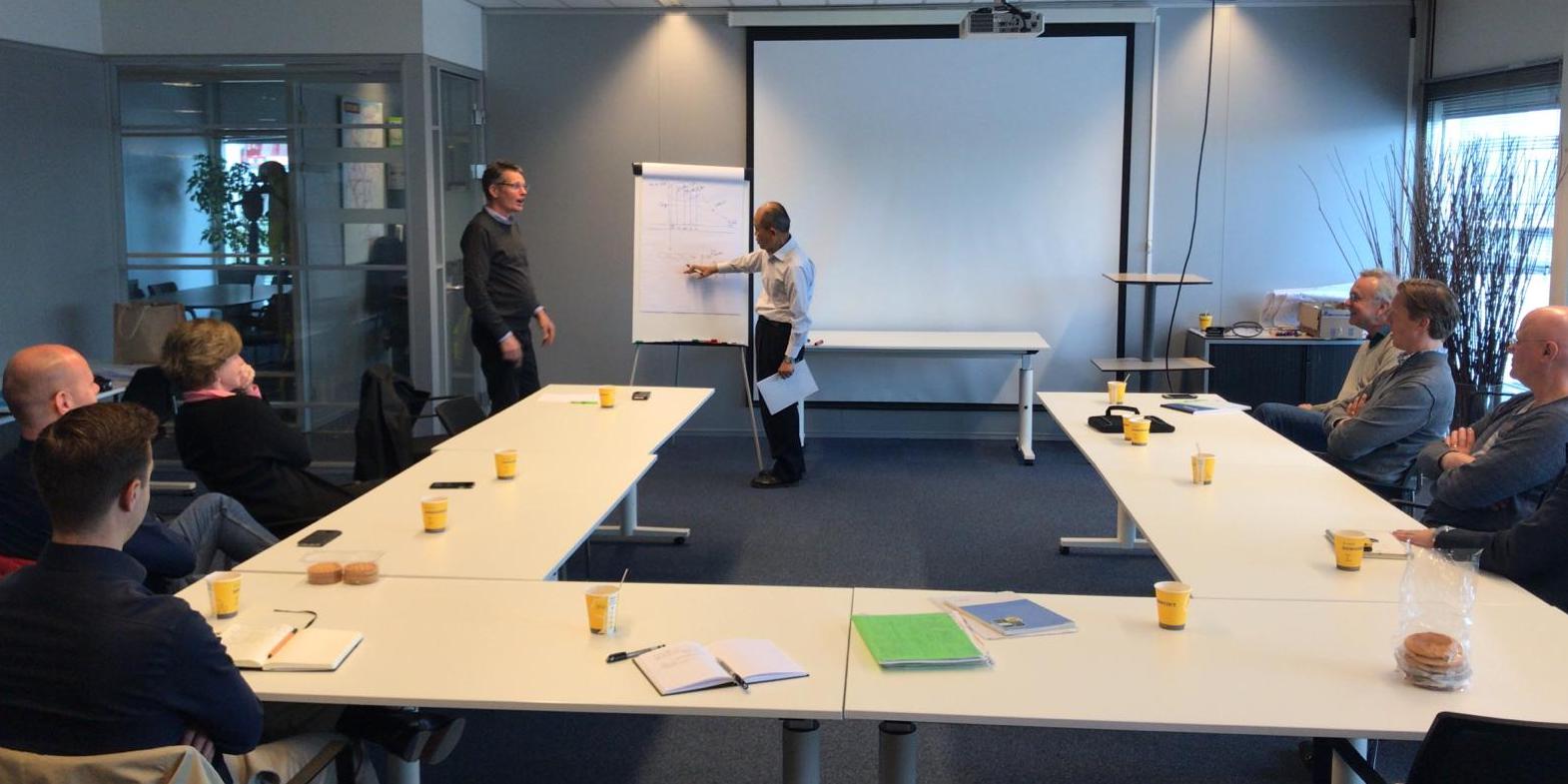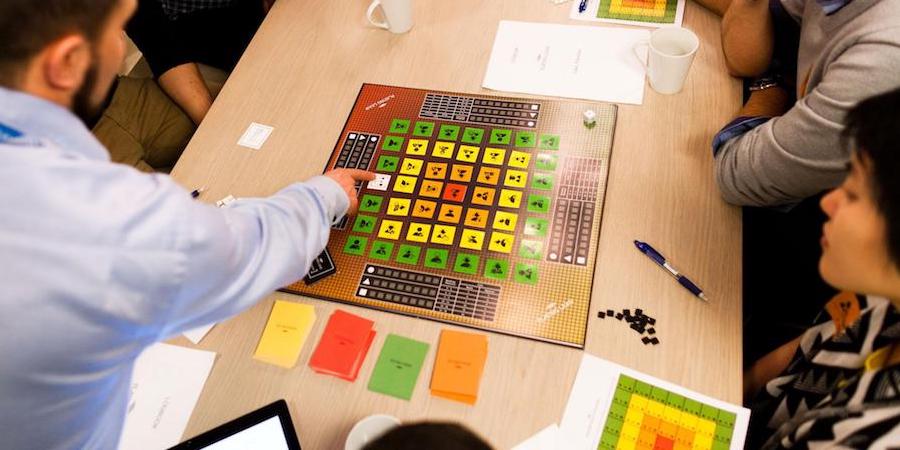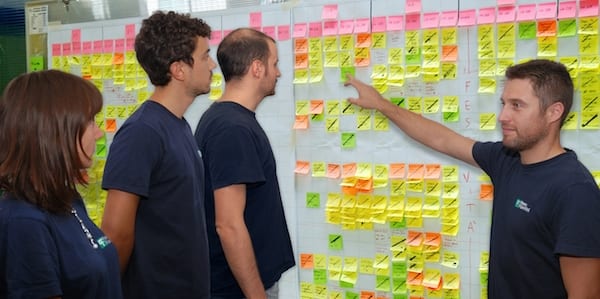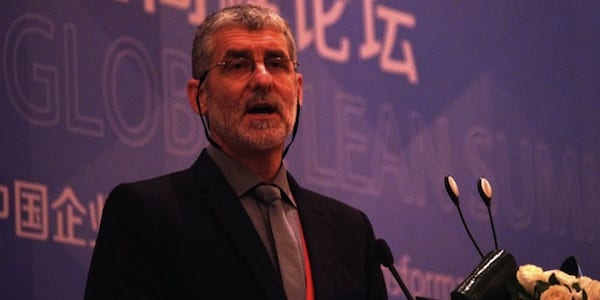
Leading a quality revolution
INTERVIEW – A couple of weeks ago, our editor caught up with Toyota veteran Sadao Nomura. In this Q&A, he discusses quality improvement and leadership engagement.
Interviewee: Sadao Nomura, Toyota veteran
Interviewer: Roberto Priolo, Editor, Planet Lean
Roberto Priolo: Mr Nomura, thank you for your time. Can you briefly take us through your incredible career?
Sadao Nomura: Of course. I was with Toyota for a total of 37 years. I spent the first 17 at Toyota Motor Sales and another 20 at Toyota Motor Corporation. During my time at TMC, I provided kaizen support to Toyota Indonesia, Toyota Australia and Toyota South Africa.
After leaving Toyota, in 2002, I was President of Technol Eight – a parts supplier to TMC. In 2006, I was invited to join Toyota Material Handling as a Senior Advisor. My role was to lead quality improvement activities. I was at TMHC for 10 years.
RP: Over the course of your career, you have worked on both the OEM and the supplier side of things. What can you tell us about Toyota’s approach to support suppliers?
SN: Toyota organizes special workshops for its suppliers, aimed at engaging with them until they fully understand the Toyota Production System. The company also invites representatives of the suppliers to join operations at a Toyota plant to fully understand the work from the customer’s point of view. This way, they can experience the work first hand and realize how their own work impacts their customer.
RP: In your experience, what makes for successful training?
SN: A trainer should teach and train with passion, and always strive to create a good personal relationship with the trainee. I also believe it’s important for people to learn on the job (dojos are fundamental for that) and understand the problems that can arise from their mistake. This increases their sense of responsibility. It’s also critical that a trainer accompanies his or her trainees all the way, until they master the work.
RP: Can you tell us more about your work to improve quality across Toyota Material Handling?
SN: In my opinion, quality kaizen is the simplest way to approach lean. However, it does call for a deep commitment from senior leaders to continuously teach and guide their people until they become confident in their ability to produce a defect-free product. It’s a constant effort, something I did for 10 years – for example, issuing 300 A3 “Nomura-memos” to teach and guide all Toyota Material Handling plants. It paid off, since in all companies I managed in that decade we managed to reduce quality defects by over 90%. (Healthy competition among the different branches of the organization across the world played an important role.)
It took a while to get there: on the first year, my approach consisted in giving immediate feedback to team leaders responsible for a defect and using a visual system to make problems evident, but that didn’t work. People were too busy and couldn’t follow my teaching. So, I refocused the efforts on the fundamentals of the Toyota Way and on what I called the Dantotsu Quality activity. Dantotsu means to do kaizen consistently, steadily and completely, until the problem is gone forever. To me, a countermeasure is only really a countermeasure when the defect is never repeated.
RP: In your experience, what’s the best way to retain talent?
SN: You have to constantly challenge people! Give them the opportunity to put their skills to different uses and, as soon as they progress, give them another challenge. It’s critical not to keep people in the same position for too long. Send them to a new area or give them a new position. For me it was the same: as a young engineer, I was challenged to work on a variety of things, and I learned a lot in the process. Just knowing is nothing at all. You must do!
RP: It’s not every day that we get to talk to a Toyota veteran like yourself. Would be able to share some reflections on what made Toyota so incredibly successful?
SN: From the moment it started producing cars in 1935, Toyota has competed with General Motors, Ford and Chrysler. At the time, this was almost impossible for a car company with low volumes (when I joined in 1965, Toyota produced 500,000 cars a year) and bad quality. In the decades between the 1950s and 1980s, Toyota understood they would only be able to compete with the Big Three on price by reducing waste and, with it, cost. Being profitable was the problem that led Ohno to create the Toyota Production System.
This struggle forced Toyota to be creative, to find ways to reduce cost, improve quality, and grow. In the 1980s, the company became confident in the quality of its cars and in its ability to take on American carmakers. That’s when it moved overseas: the NUMMI joint-venture was launched and the plant in Kentucky opened. Top managers and engineers from Toyota visited the competitors’ plants, carefully checked their current state, and found a lot of muda. This gave the company the boost in confidence it needed to make the leap.
THE INTERVIEWEE

Read more


FEATURE – Simulations and games can be extremely beneficial, so long as we use them to highlight and explain the underlying behaviors we must adopt if we are to successfully embrace lean... and not only the tools.


CASE STUDY – A unique approach to lean management and the involvement of CEO Mario Nardi helped Pietro Fiorentini, provider of solutions for natural gas distribution, become a model for lean companies in Italy.


THE LEAN BAKERY – In this episode of our video series, we visit 365's super-lean workshop, where small batches and a clever use of space allow for unprecedented levels of flexibility in manufacture.


NEWS - Back from his annual trip to Shanghai, Anton Grütter, CEO of the Lean Institute Africa, shares a few interesting insights into the Chinese culture.

